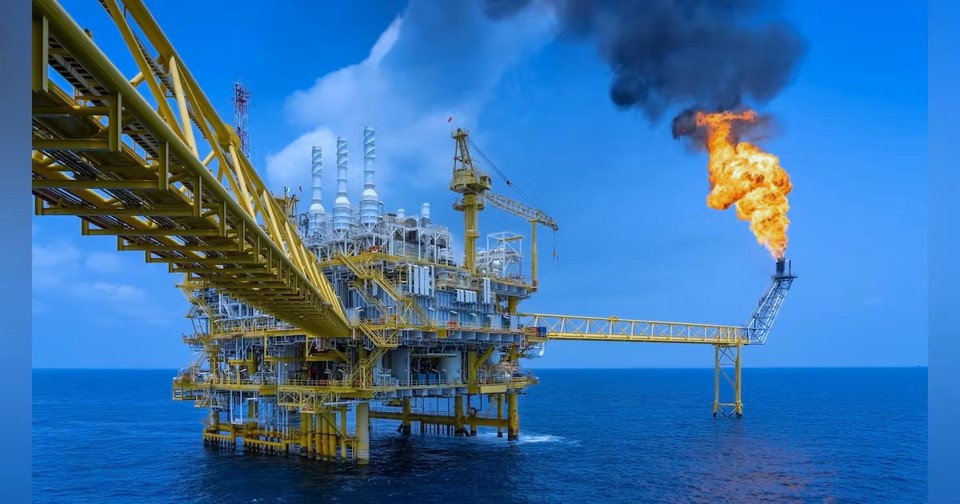
This article summarises the trends in Scope 1 and Scope 2 Greenhouse Gas (GHG) emissions disclosures made by 11 oil and gas majors in the world since 2012. For people new to carbon accounting, Scope 1 emissions are direct emissions originating from owned sources, or assets controlled by a company. Scope 2 emissions are indirect emissions that result from energy consumption such as GHG emissions from electricity suppliers. The data reveals that none of the oil and gas majors are on track to achieve any of their decarbonisation, or net-zero objectives before 2030, or 2050.
Data Sources: Integrated Annual Reports: 2012-2021; Environmental, Social and Governance Reports: 2012-2021; Corporate Social Responsibility Reports: 2012-2021; Sustainability Reports: 2012-2021. Note: Saudi Aramco and PetroChina only began disclosing their Scope 1 and Scope 2 Greenhouse Gas emissions in 2019, therefore the straight-line between 2012-2019 uses the Next Observation Carried Backward (NOCB) technique in statistics to deal with the missing data from Saudi Aramco and PetroChina.
GHG emissions are recorded in Carbon Dioxide (CO2) equivalent, abbreviated as CO2-eq, which assesses the impact of different greenhouse gases on the basis of their Global Warming Potential (GWP) over a 100-year period. Methane (CH4), also known as natural gas, for example has a GWP of 25, which means 1 metric tonne of Methane has global warming potential that is 25 times stronger than CO2. The data shows not significant downward trends in GHG emissions. Furthermore, the GHG emissions for Gazprom and PetroChina are more than double that of the European oil and gas majors.
It is important to note that the majority of GHG emissions are self-reported and not regularly monitored by environmental regulators. To this end, there is a widespread data integrity problem with GHG emissions data. This data integrity problem is especially high in the software and consulting industries, which claim to "accurately measure" emissions without any operational due diligence, or use of GHG emissions sensor technologies. At the same time, carbon accounting fraud is beginning to emerge as serious problem in the carbon offset markets as companies overinflate carbon storage numbers.
We need to reduce and monitor the amount of GHG emissions released into the atmosphere with reliable technologies. The oil and gas industry has the technical competencies and operational expertise to deliver technological innovations that reduce GHG emissions and promote higher standards of integrity in GHG emissions reporting. However, the trends in the GHG emissions disclosures reveal that none of the oil and gas majors are making enough progress in reducing their GHG emissions, or achieving their "net-zero” goals before 2030, or 2050.
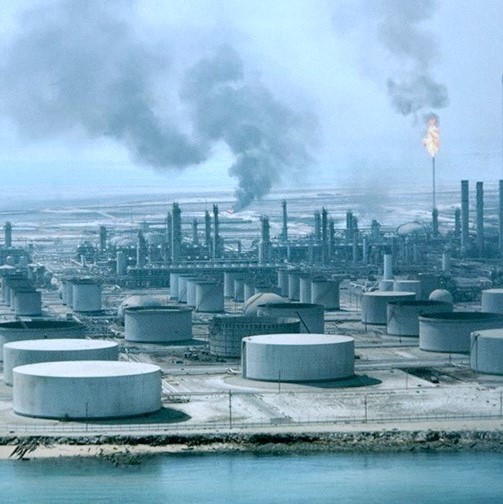
The oil and gas industry needs to take the lead in providing stakeholders with reliable information and technologies that makes it easier for people to choose between purchasing higher emissions energy (fossil fuels) versus lower emissions energy (renewable power). For this to happen, we need to improve the integrity in GHG emissions reporting by making it clear when emissions self-reported using theoretical assumptions, when they are ESTIMATED using auditable empirical data, and when they are MEASURED using observable data collected from instrumentation systems and GHG emissions sensors.
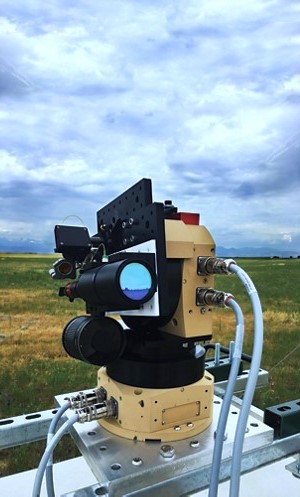
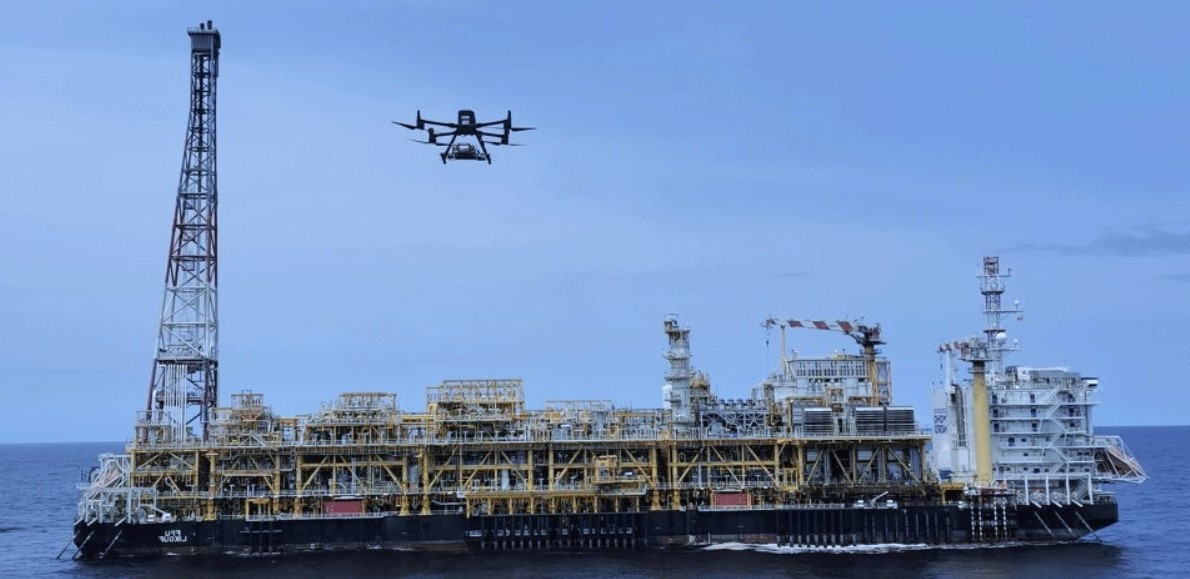
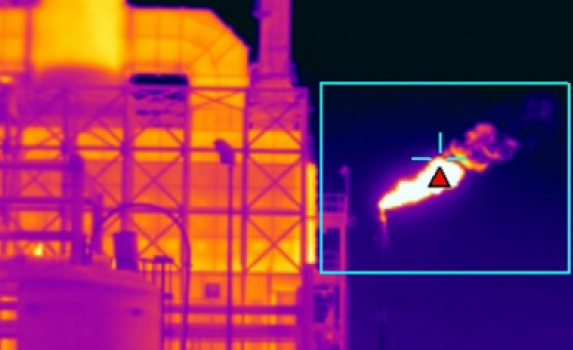
copyright Authentic Evidence Limited
The oil and gas industry in Europe provides the most complete records when it comes to the disclosure of GHG emissions with Shell, Eni, and Total providing the most detailed GHG emissions data. Compared to their peer-group in Brazil, Russia, India, China, Saudi Arabia, and the Americas, the European oil and gas majors are also investing in more renewable energy consumption to reduce their GHG emissions. However, given the magnitude of GHG emissions reductions needed to achieve net-zero they do not look like they will achieve any of their decarbonisation, or net-zero goals before 2030, or 2050.
Following the credit crisis in 2008, new accounting standards - known as US GAAP Level 1, 2, and 3 - were introduced to tackle accounting fraud in the valuation of assets and liabilities. We can replicate the success of US GAAP for GHG emissions reporting. In practical terms, we can classify the status quo as low integrity (Level 3) disclosures because they are self-reported. If GHG emissions are estimated using auditable data they could be given Level 2 status, and if GHG emissions were disclosed using observable data from GHG emissions sensors that would have the highest integrity (Level 1).